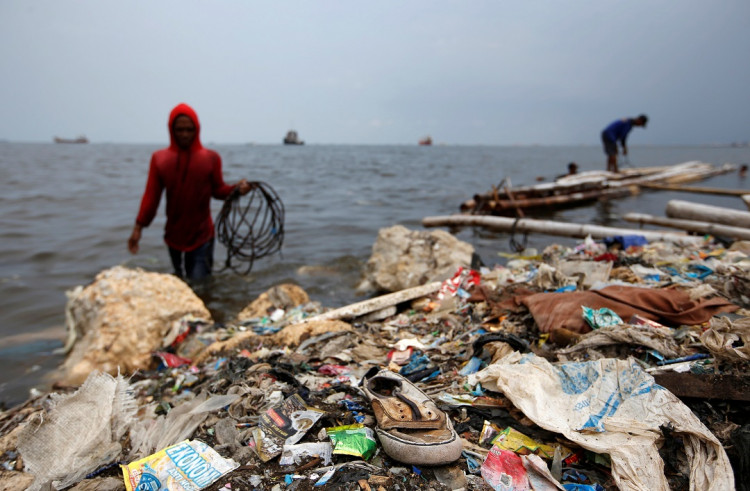Our oceans are churning sludge pools that scientists have long claimed are fueled by pollution from both land and the sea.
However, determining what garbage ends up in the Great Pacific Garbage Patch in the North Pacific, where it originates from, and who is to blame is a never-ending struggle. A recent study has now added the worldwide fishing sector to the mix.
"Here we show that most floating plastics in the North Pacific subtropical gyre can be traced back to five industrialized fishing nations," data scientist Laurent Lebreton and colleagues write.
When Lebreton and The Ocean Cleanup organization collected 573 kilograms of (dry) hard plastic debris in 2019, the researchers discovered that more than a quarter of the fragments were from "abandoned, lost or otherwise discarded fishing gear" (aka ALDFG) - and that's not including discarded fishing nets and ropes.
Oyster spacers, eel traps, lobster and fish tags, as well as plastic floats and buoys, are included in this category of debris. The remaining one-third of the debris was unidentifiable.
The scientists discovered that a plastic piece was 10 times more likely to have come from fishing activities than from land-based ones when they used computer models to simulate how their samples ended up in the patch. Indeed, simulations demonstrated that garbage from the land is considerably more likely to wash up on the beach in rivers that take it to the sea. Less than 2% of simulated river debris was carried offshore by ocean currents.
About two-thirds of the 232 plastic items examined by researchers for traces of their manufacturing countries were produced in either China or Japan. Nearly 10% of the total was produced in South Korea, followed by 6.5% from the U.S., 5.6% from Taiwan, and 4.7% from Canada. These countries all have flourishing fishing economies.
Of course, it's challenging to determine the source of floating plastic debris in the ocean that is longer than 5 centimeters. For instance, fishing nets typically don't have writing on them. Some of the things are simply too little, while others have decayed too much to resemble much of anything. Even yet, tougher plastics larger than 5 cm in size may still include brand or company names, and a few letters or characters may be able to identify where they came from.
The most common languages detected among around 200 plastic objects with recognizable text in the current study were Chinese, Japanese, English, and Korean, in descending order.






